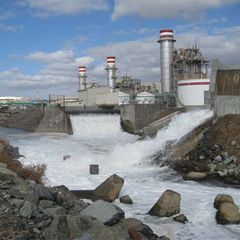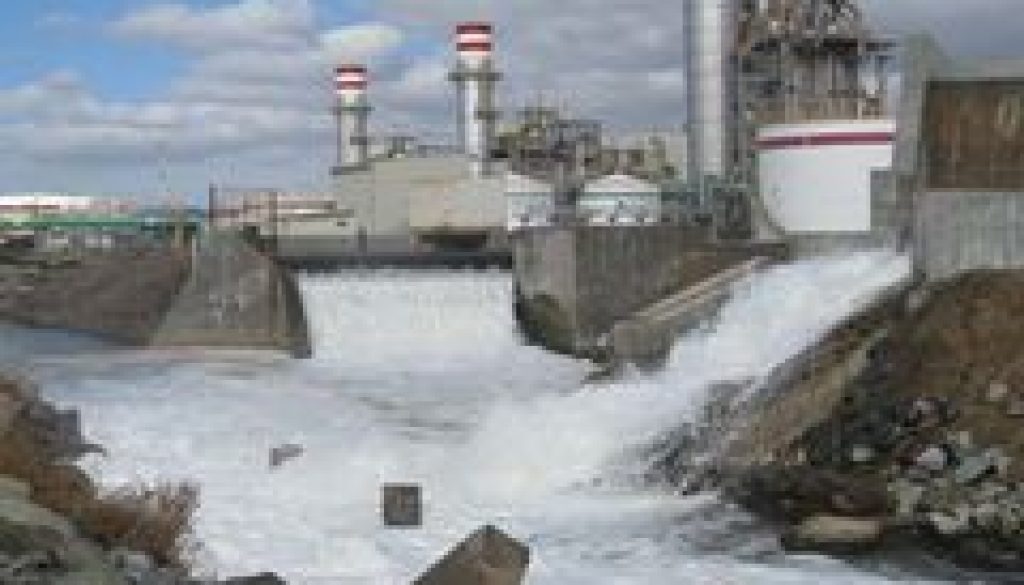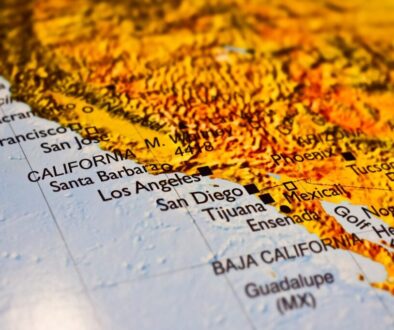Binational Seawater Desalination project
 By Adina Moloman
By Adina Moloman
Sources: www.sdcwa.org, SANDAG
A Binational Seawater Desalination plant between Mexico-USA as a public-private partnership is the first attempt of its kind worldwide, in which both countries would be advantaged. Everything started in 2005, when the San Diego County Water Authority evaluated the feasibility of a binational seawater desalination facility.
There are different agencies involved in this effort which includes representatives from the Water Authority, Colorado River Basin states, the International Boundary and Water Commission, U.S. Bureau of Reclamation, and Mexican federal, state, Mexican local agencies and a private Mexico Corporation.
The proposed plant is being evaluated in four separate phases: (1) “Fatal flaw” review that was completed in 2010; (2) feasibility details, (3) pilot work and (4) preliminary design.
The first phase was completed in March 2010, when it was decided that the project site will be located in the city of Rosarito Beach in Baja California, Mexico, near a Federal Electric Commission (CFE) power facility. Another purpose of this phase was to find any potential “fatal flaws.” This phase also included review of the environmental permitting and requirements.
The second phase over feasibility details was completed by Mexico in 2012. Phase two consisted in research costing $180,000 which reviewed the pipeline alignments from the plant to the San Diego County border connections, design parameters and costs. The results of the pipeline alignment study shows that for the U.S. water supply, the coastal alternative is a good option for a delivery point near the binational wastewater treatment. A second option is that the desalted water would be delivered to a location at Otay Mesa near an existing emergency water connection that crosses the border to supply Tijuana.
This year Mexico is considering completing a study of environmental permitting requirements for the project.
The last two phase of the project are under negotiations and includes the development and operation of a pilot plant that would be constructed to research ocean source water and product water quality, followed by a preliminary design of the full-scale plant.
The facility would be built using existing reverse osmosis desalination technology and would be sized to produce 50 million gallons per day (mgd).
The plant could be designed and completed in 5 to 10 years and treated water could be available starting 2016.





